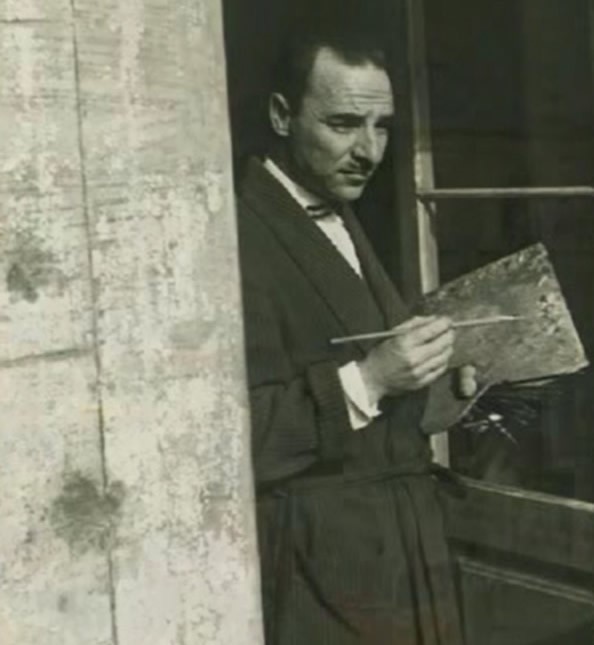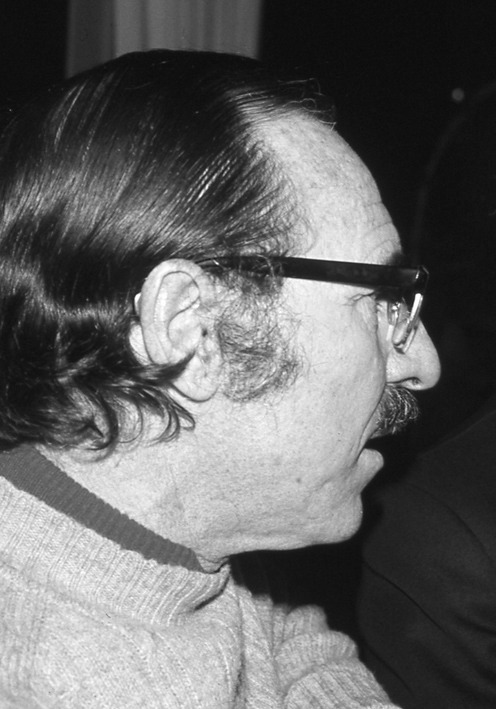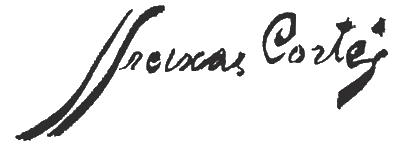Early years

Born on April 21, 1917, in a well-to-do house in Barcelona, his destiny seemed predetermined and far from being a painter.
The eldest son was meant to become a doctor, thus, as the second son, he was expected to take over the family business. However, from the age of 14, he would skip school with a friend to paint.
His passion was born after a long illness during which his uncle, a doctor, suggested he try drawing and painting to pass the time more quickly.
He started, and never stopped.
The discovery of his vocation symbolized the end of an adolescent crisis and the beginning of a prolific career.
Mastery
He entered the academy of the Olot painter, Olivet Legarés, where he took his first artistic steps. He painted at his uncle painter Albert Junyent’s estate in Sant Martí Sarroca.
As planned, he entered the family business, but every morning he would wake up earlier to paint for a few hours before going to work.
After enrolling in the School of Fine Arts and renting a studio on Travessera de Gràcia, he spent his holidays in Lloret with his family and painted alongside the watercolorist Joan Llaveries.
Painting was already occupying all of his leisure time.

Career

The Civil War put a pause in his career, but even then, he painted from Can Vidal, where he stayed, and, already, he leaned towards landscapes.
In 1940, he exhibited for the first time. It was in the Sala Busquets of Barcelona, and the fact that his work was well-received only fueled his enthusiasm and boosted his confidence.
In San Sebastián, the Rocandio brothers welcomed him with open arms for a second exhibition. There, his paintings were deemed superior to those of any other artists exhibiting. Much of his work was bought almost instantly, and the critics were unanimously enthusiastic.
That success was not fleeting, but considering himself an eternal learner, he continued practicing and refining his own style. He held exhibitions in Madrid, Barcelona, Bilbao, Palma de Mallorca, Santander, and Paris.
During two or three years he stayed at the home of the publisher Benjamin Arthaud, in Paris, alongside Frederic Lloveras and other Catalan painters. The knowledge and painting techniques he absorbed there made it so that upon returning to exhibit in Barcelona, the critics were unanimously enthusiastic in their praise. Subsequently, he exhibited in Brussels, and as a result, the Italian government awarded him a scholarship to study in Rome. There, he sought to reproduce urban themes, aiming to capture their grandeur while still depicting them in more human proportions.
Zenith
Upon returning from Italy, and after contemplating so many extraordinary works as he had the honor to discover, he found inspiration to carve out his own style.
With this spirit, he secluded himself in his studio in Barcelona and subsequently offered an exhibition that astonished the critics: a series of still lifes with a magical expressionism and dominant coloration.
After this, years of study, experimentation, and conceptual concerns followed. He sought new approaches to expression that would allow him to communicate on another level. In the following exhibition, he seemed to return to the line of the early years but enriched by the passage of light and color.
He seemed to have reached mastery of his own style when death took him peacefully and unexpectedly during sleep, at the threshold of his best creative stage.
It was the 4th of February, 1984.

